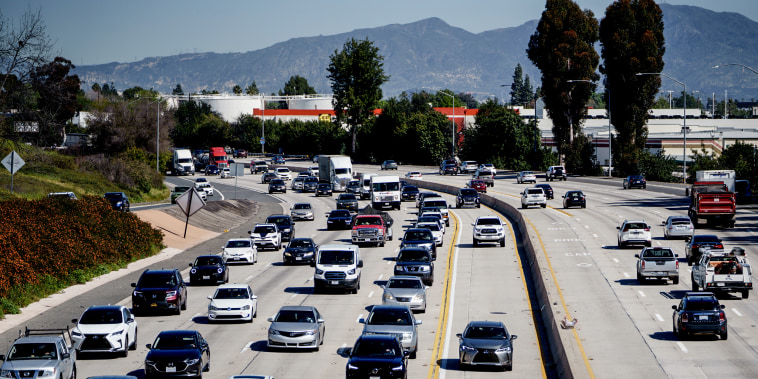In the digital age, technology has transformed almost every aspect of our lives, and the automotive industry is no exception. From self-driving cars to advanced safety features, vehicles today are smarter and safer than ever before. However, along with these innovations come increased costs, particularly when it comes to auto insurance.
As auto manufacturers continue to push the boundaries of what is possible, the cost of repairing or replacing modern vehicles has skyrocketed. Advanced technologies such as collision avoidance systems and sensors are now standard on many cars, making repairs more complex and expensive. This, in turn, has led to higher insurance premiums to cover these increased costs.
Moreover, the rise of distracted driving and an increase in traffic accidents have further compounded insurance costs. With more drivers on the road than ever before, insurance companies are paying out claims at record rates. To offset these rising costs, insurers have had to raise premiums, passing the burden on to consumers.
Another factor contributing to the rise in auto insurance prices is the increasing frequency and severity of natural disasters. From hurricanes to wildfires, catastrophic events are becoming more common, leading to an uptick in insurance claims for damaged vehicles. As insurers pay out more in claims, they must adjust their pricing to remain financially stable, resulting in higher premiums for customers.
In addition to external factors, there are also internal industry dynamics at play that impact the cost of auto insurance. For example, fraud and abuse within the system can drive up costs for insurance companies, who then pass these expenses on to policyholders in the form of increased premiums. To combat this, insurers invest in fraud detection technologies and employ specialized teams to identify and prevent fraudulent claims.
Furthermore, the competitive nature of the insurance industry can also influence pricing. As companies vie for customers and market share, they may adjust their rates to attract new policyholders or retain existing ones. This constant fluctuation in pricing can make it challenging for consumers to find the best deal on their auto insurance.
In conclusion, the rising cost of auto insurance is a complex issue that stems from a combination of external forces and internal industry dynamics. As vehicles become more advanced and expensive to repair, insurers are forced to raise premiums to cover these increased costs. Additionally, factors such as distracted driving, natural disasters, fraud, and industry competition all play a role in driving up insurance prices. Moving forward, it will be essential for insurers to continue innovating and adapting to ensure that they can provide affordable coverage to their customers in an ever-changing automotive landscape.
